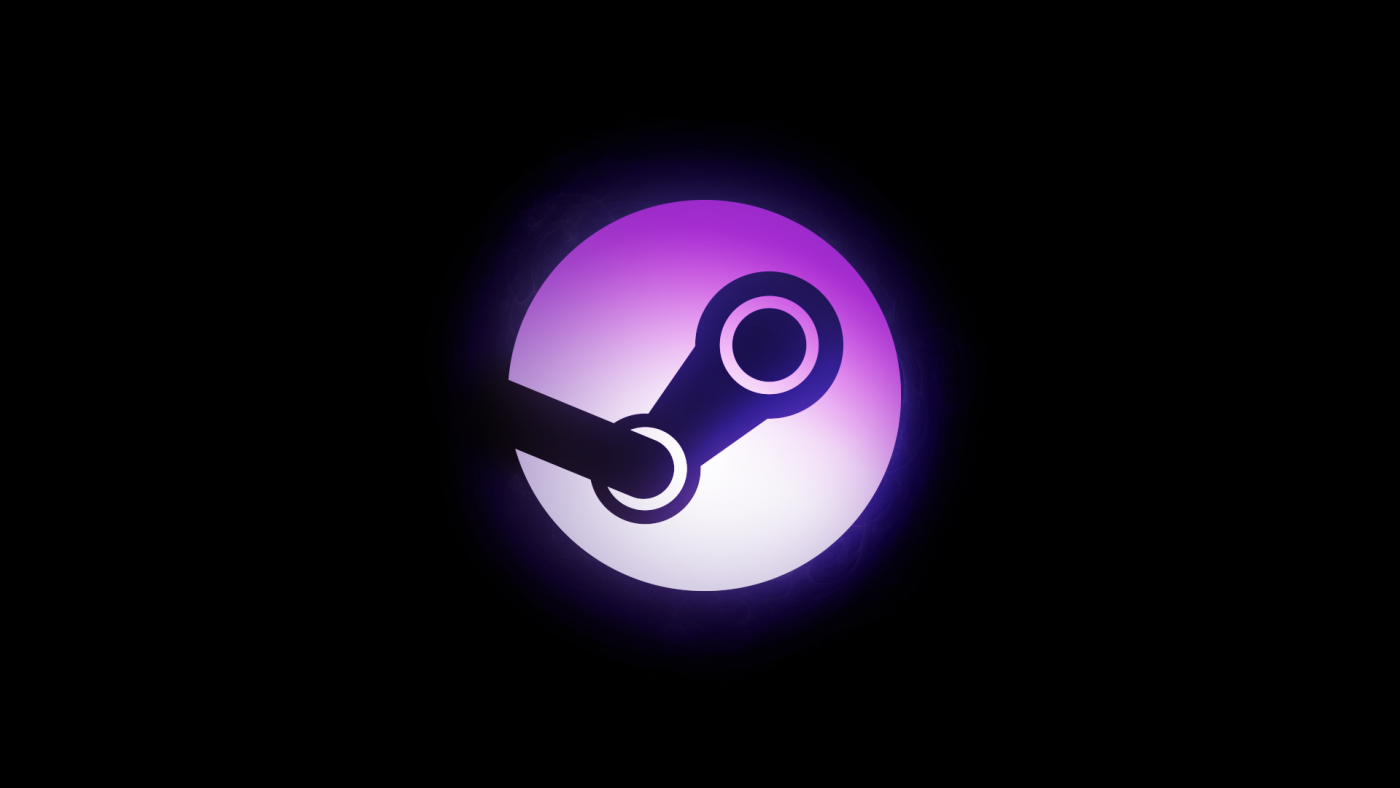I’ve written about Steam quite a bit before, because it is such an interesting testing ground for both economics and psychology (other than the fact I enjoy playing games on the PC). The digital marketplace in general breaks a lot of the traditional rules and restrictions that markets were assumed to have. Today, I want to focus on one small aspect – refunds.
The changing nature of game selection
A lot has changed in the games industry, given its mass digitisation in terms of distribution. Most notably, the second hand market for games is quickly dying out. Even physical copies of games these days often include a single-use registration code that is not transferrable across individuals. Another thing that has changed, whilst not mentioned as often, is a reduction in frequency in game demos.
There are probably a number of reasons behind a lack of demos. Games are not as expensive as they used to be, especially in the physical cartridge era (with the possible exception of anything Nintendo). It may be that developers don’t have time or resources to release a demo version of their game as well as a final version.
Alternatively, because of the way games are released these days, there is often an ‘early access’ version, or alpha/beta versions that can actually be purchased. This was never the case in the past, where early code was either a free demo, or would not ever find its way into public hands. Games tend to be evolving products, rather than one static end-product that you purchase once, and what you purchase is what you end up with.
All of these things mean that there are more and more games available than ever before. Whilst this is great for the consumer, it also means that it is much more difficult to gauge quality and suitability. YouTube and Twitch have allowed for prospective buyers to get more information about how a game plays before they decide to purchase – far more than magazine reviews ever did. But, often people may still need to try various aspects of a game for themselves in order to determine whether they can justify a purchase.
Refunds as an alternative to demos
Different digital stores have their own refund policies, but the biggest and most well-known is that of Steam. Their policy is that, as long as you have not played a game longer than 2 hours, and it is within 14 days of purchase, you will almost always receive a refund by default. Whilst 2 hours is not always a long enough period of time to sample a game (certain games may take dozens of hours to even familiarise yourself with), it does provide consumers with a clear message regarding their rights. It also essentially amounts to providing a free 2 hour demo for any game that you can buy on the Steam store, therefore solving the problem of a lack of demos for consumers, whilst also saving developers from having to release a separate demo version (though they can still do that if they wish to do so).1The other benefit to consumers is that it incentivises developers to make their games longer than 2 hours!
Here’s the loss aversion bit. When you buy a game on Steam, the money is immediately taken from your chosen payment method, and you are immediately given access to the game. Psychologically, you have handed over this money. Given the fact that it is an electronic transaction, the feeling of loss of endowment is likely to be weaker than if you actually had to physically hand over the money. Nevertheless, it is still a loss, which will take some time to reimburse if you subsequently choose to request a refund.
This benefits the store in the sense that they hold your money, and so can, under certain conditions, refuse a refund. However, I argue that it could potentially have the potential to reduce sales amongst the more loss averse. The reason is that buying a game might be viewed as a ‘risky decision’. You have some idea of what the game may be like, but you don’t know for sure until you actually experience it. You are sacrificing some of your money, albeit temporarily, to reveal more information about the game. Whilst you will almost certainly get it back if you play less than 2 hours, there is still a very small probability that, for some reason, you do not. There is also a chance that you might think the game is enjoyable for the first 2 hours (because the beginning seems fun), but decide shortly after that you do not like it. In this case, you will almost certainly not get a refund. For the more risk and loss averse, this downside is going to be magnified.
A change in framing
One thought I had about this is that the way this situation is framed could be reversed, without really changing the nature of the costs and probabilities associated with it (somewhat in the spirit of Kahneman and Tversky). What if Steam takes payment details when you buy, but does not actually take payment until after the 2 hour threshold (or 14 days if that is earlier)?
Everything about the situation is objectively identical. You can still play the game for 2 hours for free, and then you pay full price after this time has passed. There is still some small probability that you may be charged before 2 hours, but this would be as rare as not receiving a refund before 2 hours under the existing policy. The difference, of course, is that now, the consumer doesn’t actually have to part with money until 2 hours are up. Therefore, there is no initial loss to provide disutility.
My hypothesis is that this small change would greatly increase the overall rate of downloads for games, because averse individuals would incur less of a psychological cost. Therefore, more people would try more games. This should, in theory, also increase the number of games sold, if you believe that one of the limiting factors at the moment is due to a reluctance to go through the ‘buy-refund’ process in order to try out a game.
A thinking point for Valve (and other digital distributors) perhaps?
Notes
| ⇑1 | The other benefit to consumers is that it incentivises developers to make their games longer than 2 hours! |
|---|

